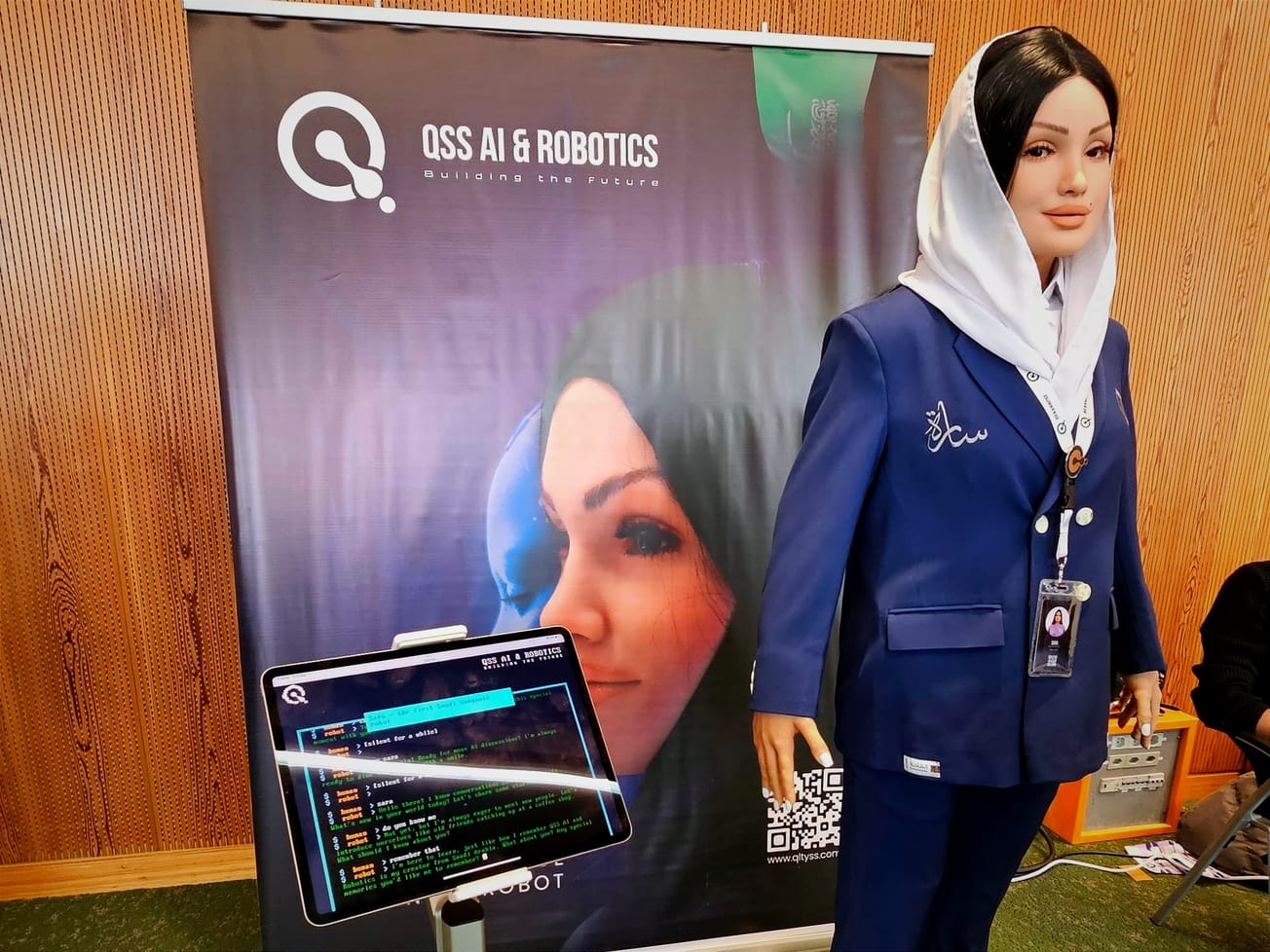GENEVA (AN) — Physicists working at the world's biggest atom smasher detected the simultaneous production of three fundamental particles, a rare process that plays a key role in radioactivity and the Sun's thermonuclear process.
The announcement from the European Organization for Nuclear Research, or CERN, at a conference in Italy confirmed another important element of the prevailing theory for how the universe began and how its most elemental pieces fit together.









